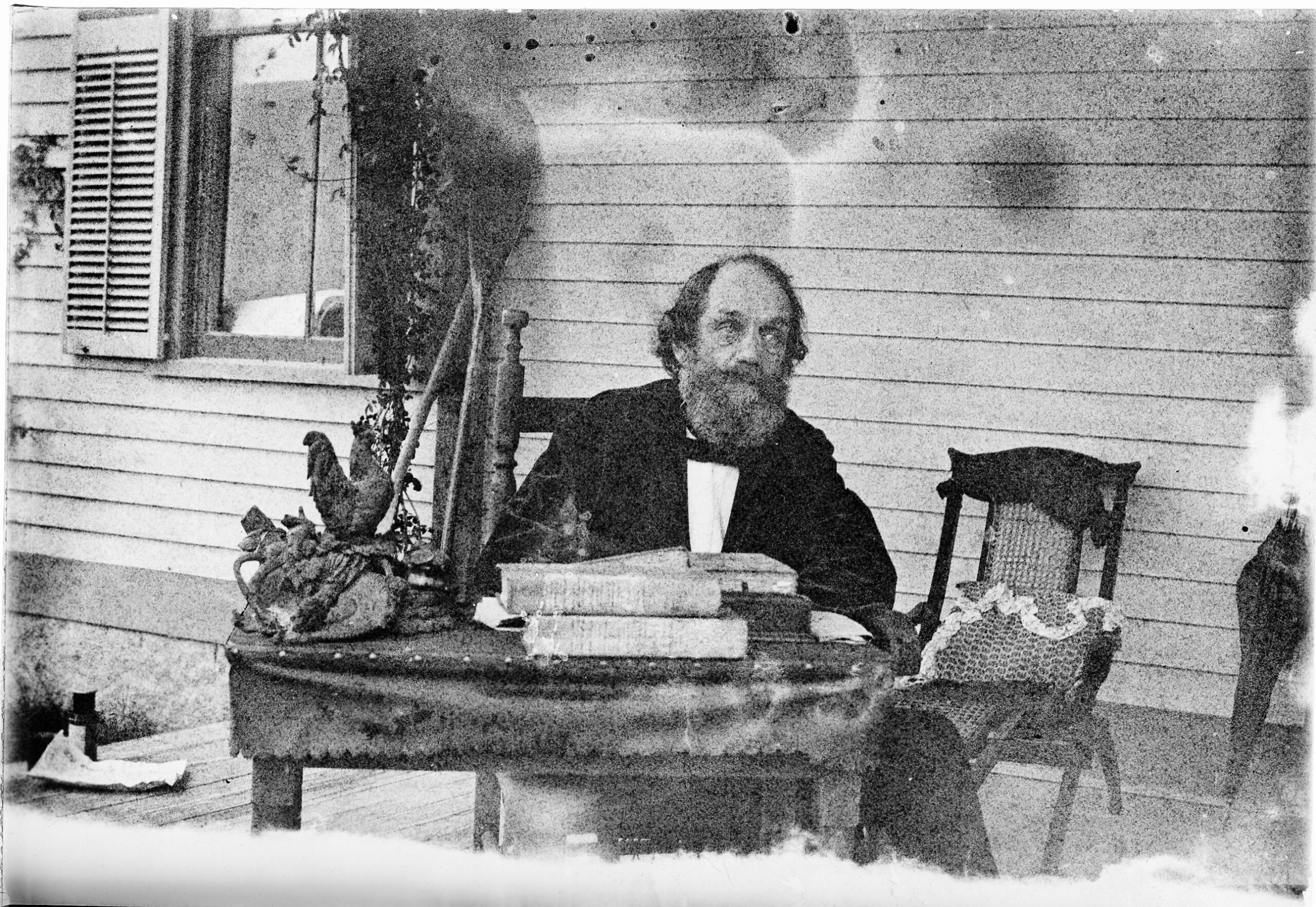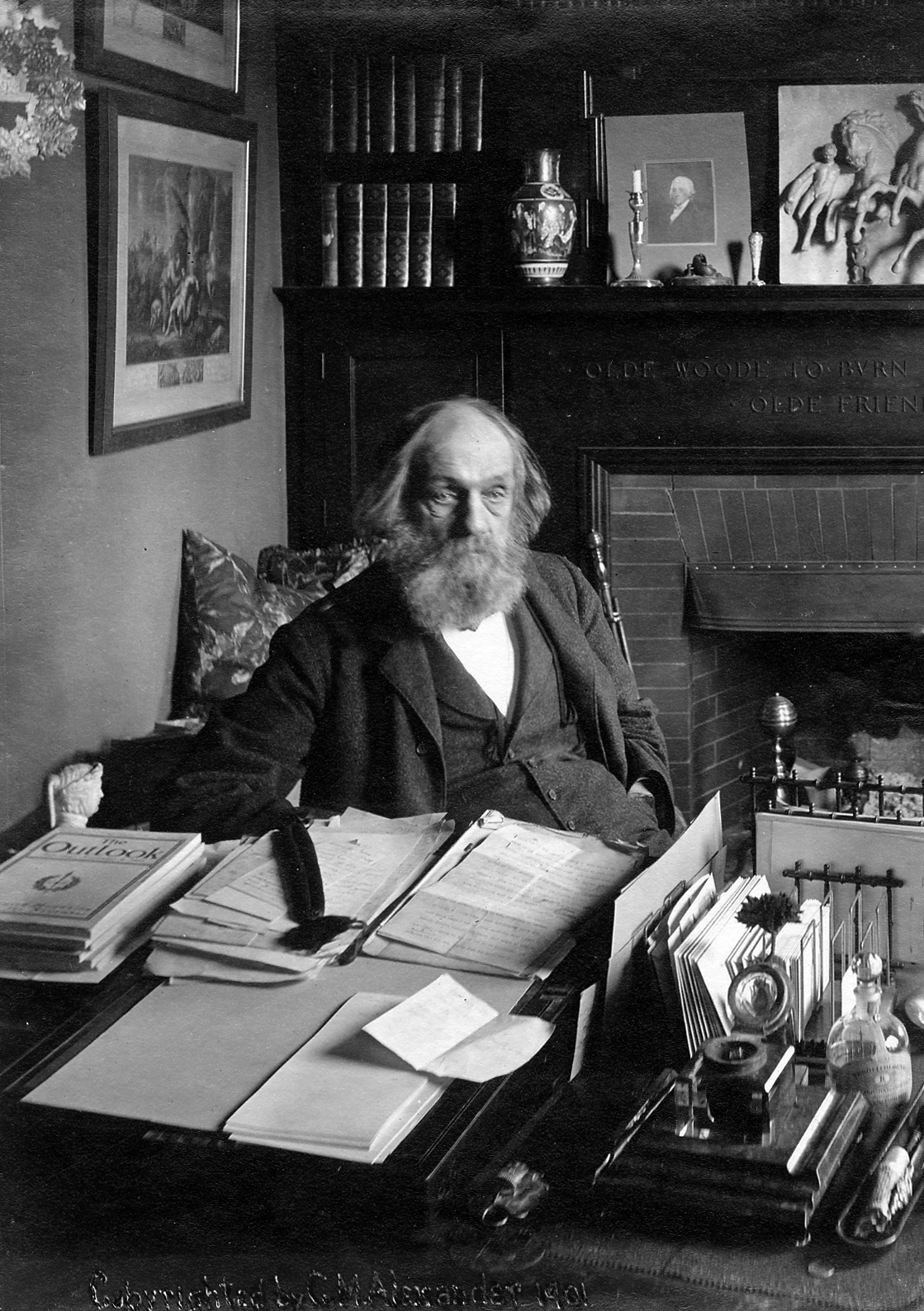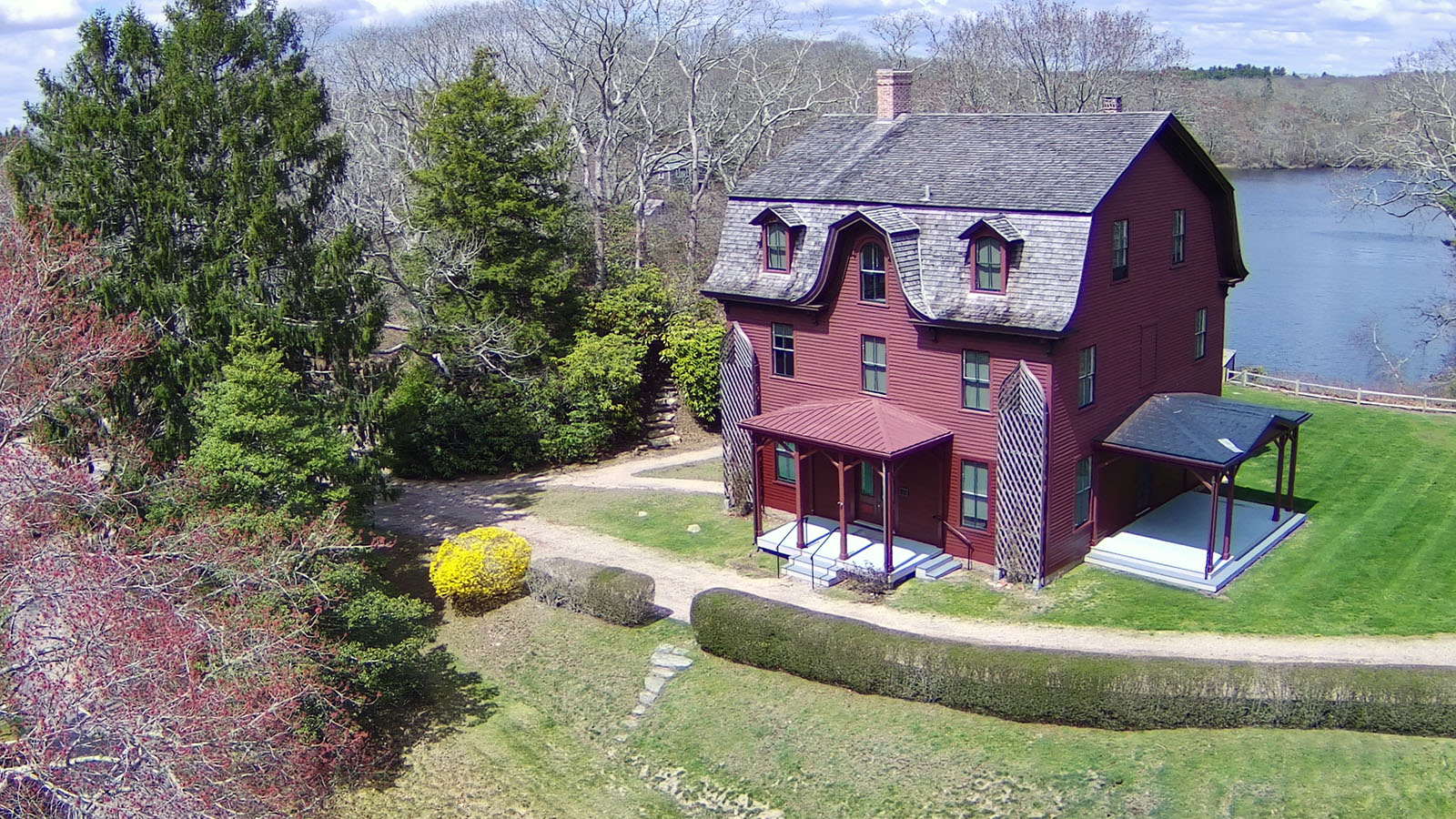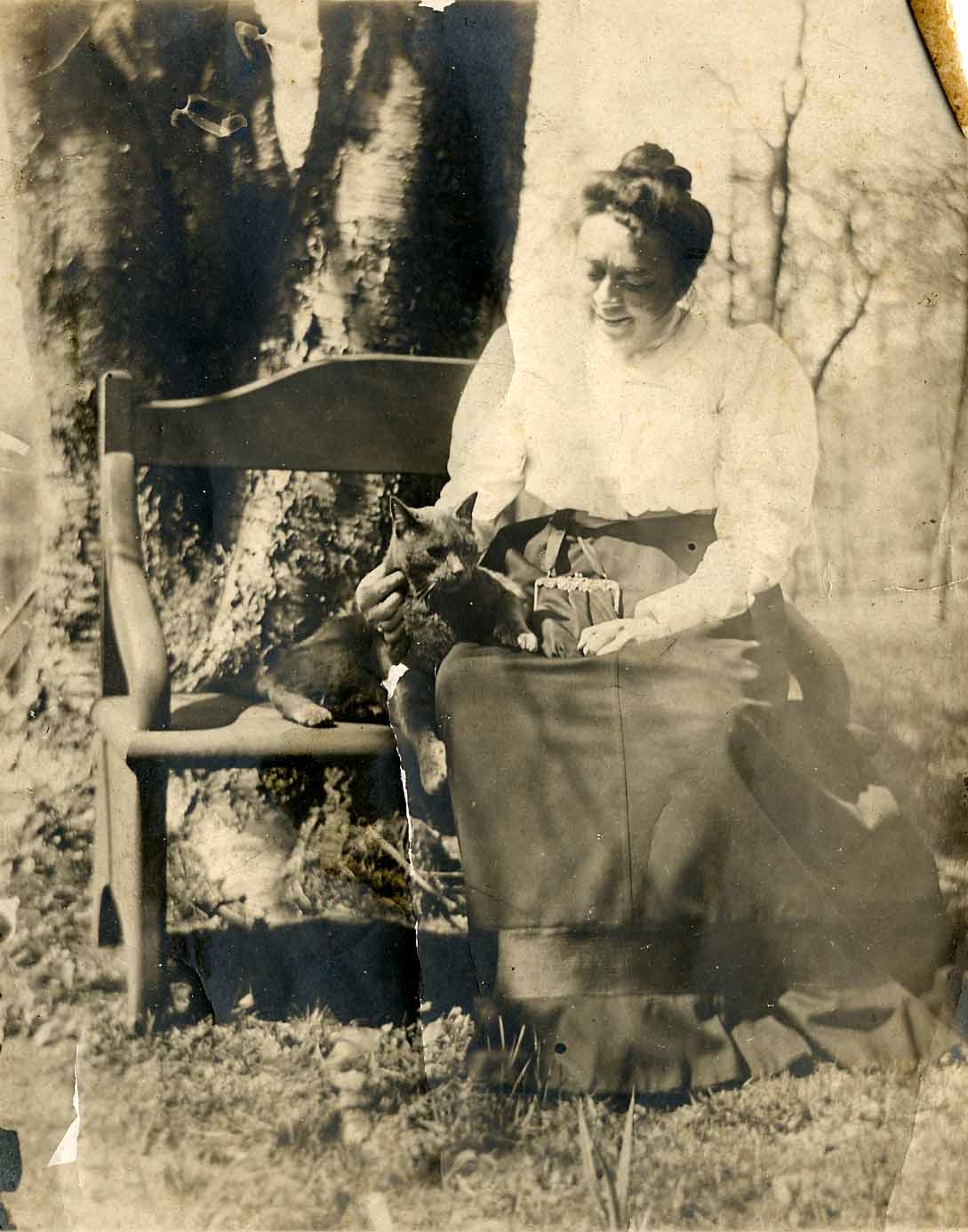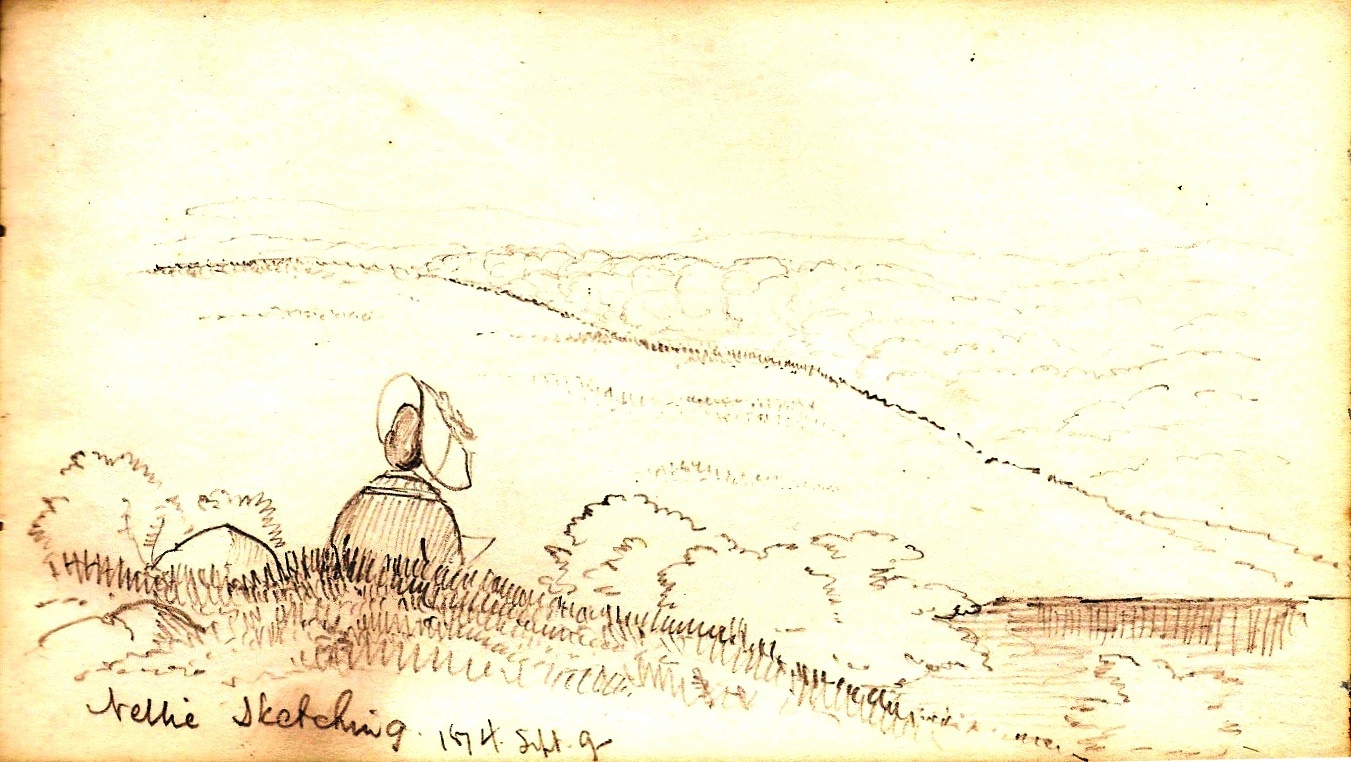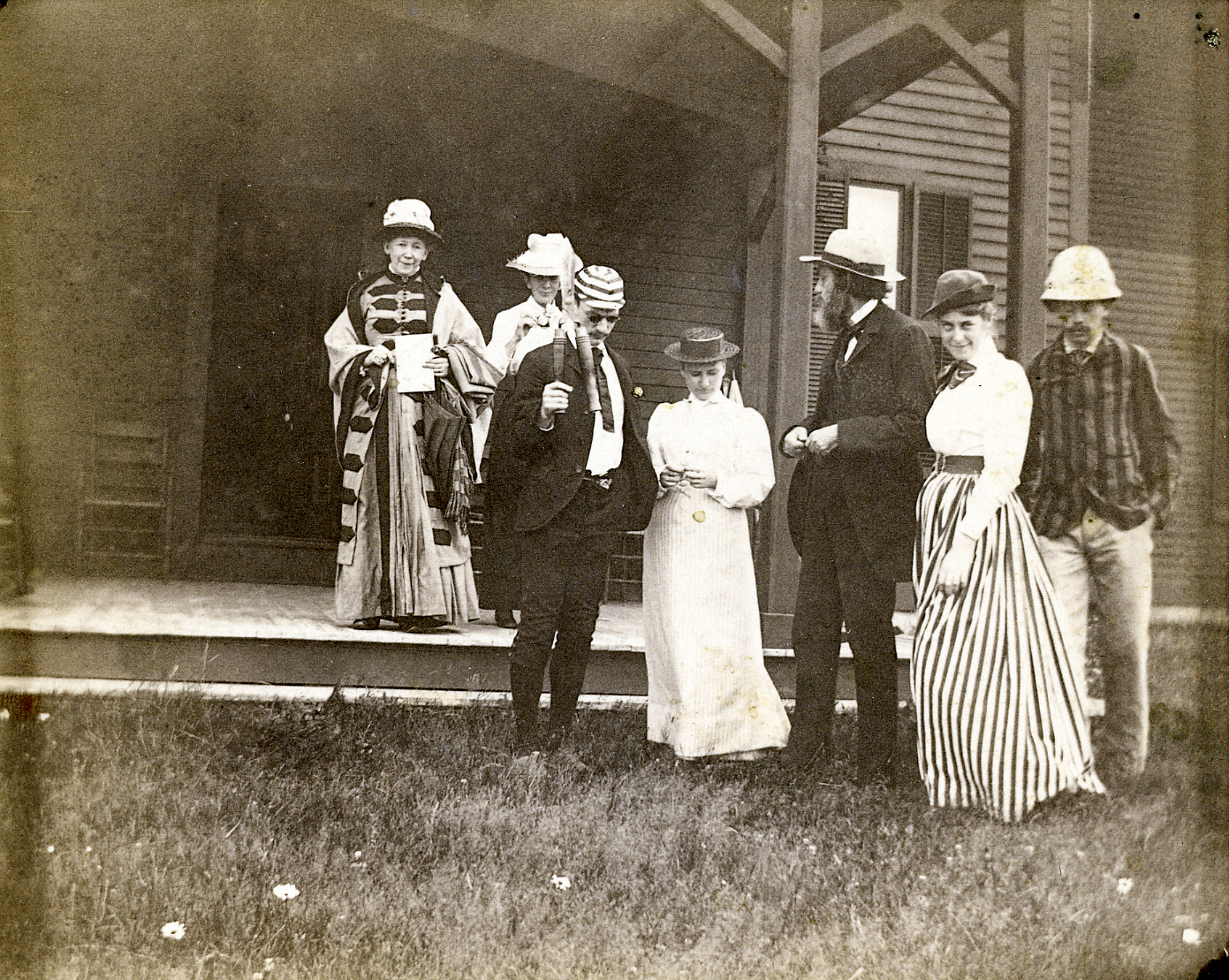Edward Everett Hale, a great-nephew of Nathan Hale, the patriot, was the descendent of an old New England family. He was the only one of his siblings to marry. He and his wife Emily, a niece of Harriet Beecher Stowe and Henry Ward Beecher, nurtured and supported their extended family throughout their lives. They had nine children together, seven of whom survived to adulthood and spent considerable time in Matunuck. After Roxbury, Matunuck was their second home. Edward, his sister Susan, and all of his children thrived here, bathing in the ocean, hiking the hills, and canoeing in Wash Pond. In one of Hale’s letters written enroute from Matunuck, he shared that “Matunuck is for me a sort of temple consecrated to Nature and when I’m called away…it makes me unhappy.”
Widely recognized as one of the most popular authors of the 19th century, Hale became a devoted summer resident here in 1873 and returned nearly every season until his death in 1909. A Bostonian who knew little of Rhode Island except Providence and Newport, Hale discovered Matunuck through his close friendship with William Babcock Weeden, who inherited Willow Dell and a large piece of Matunuck property. Weeden, in an act of great generosity, built what became known as “the Red House” in 1873 for Hale to enjoy throughout his lifetime. It was in Matunuck that Hale found relief from his complicated life as a Unitarian clergyman, active social and political reformer, and public lecturer. It was in Matunuck that he did some of his best writing. And, it was in Matunuck that he gathered together his large family and network of friends to create a vibrant community of talkers, thinkers, and artists.
The Hales were Boston Brahmins. Literary members of the Hale family, they often went to Matunuck to write. The Red House, as the Hale House was known, became a family retreat for the large Hale clan—Edward, his wife Emily, their children, their many relatives, and innumerable friends.

